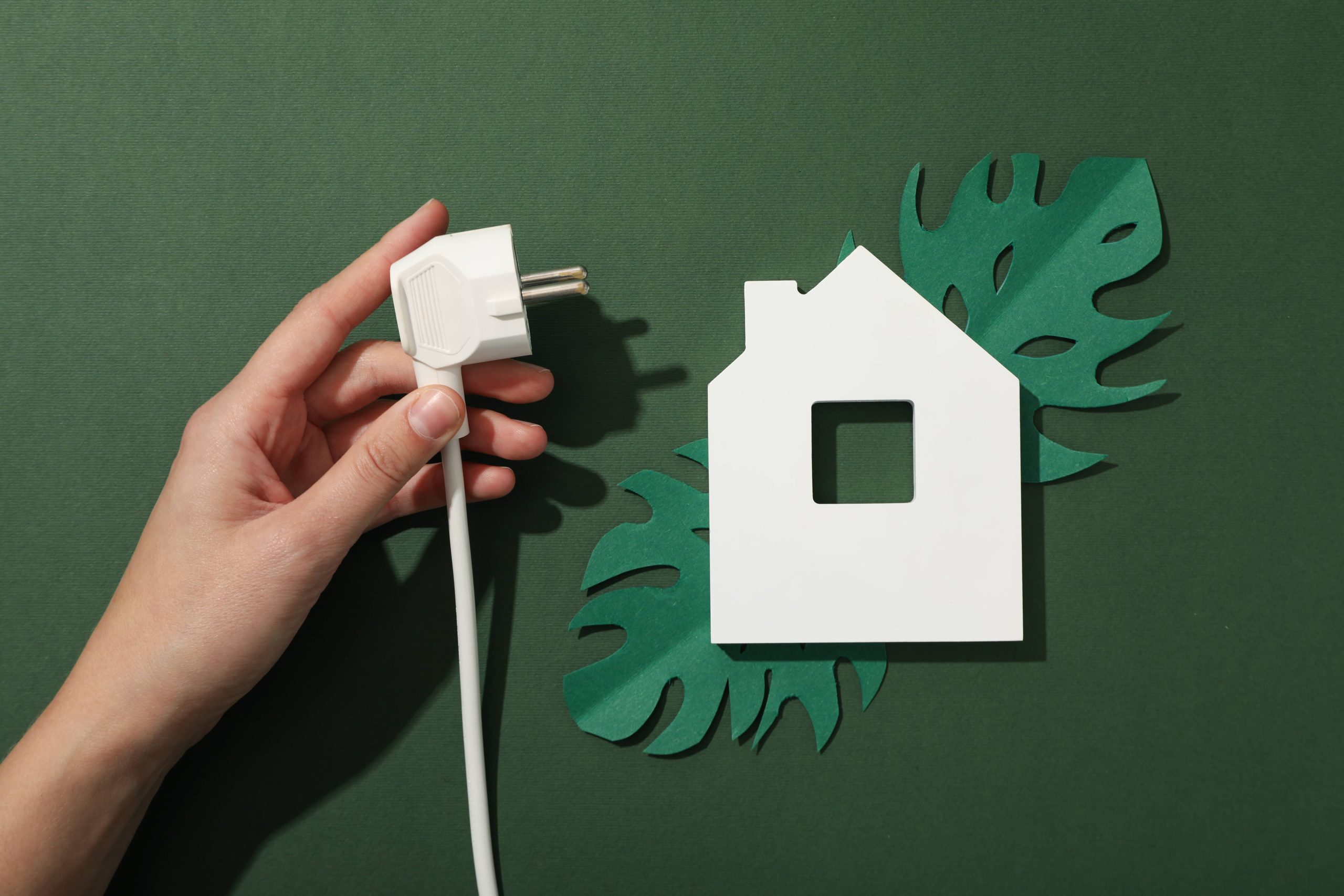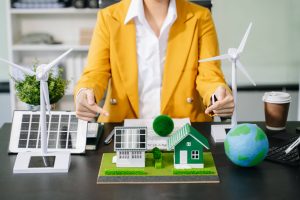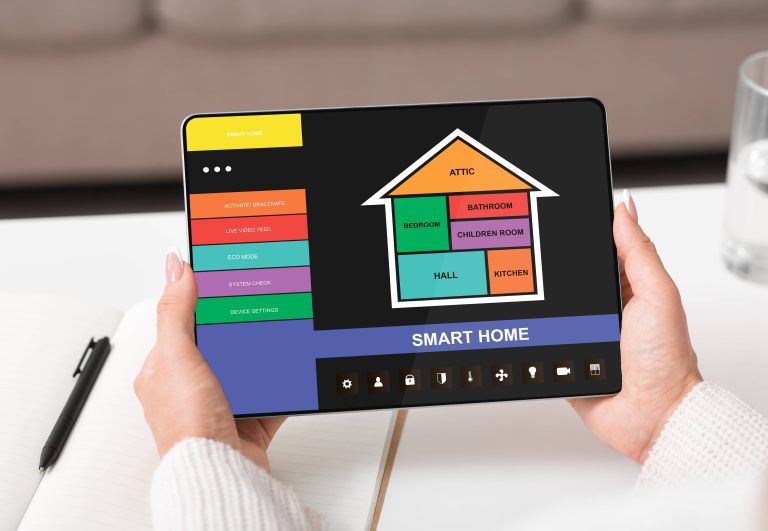
In an age where technological advancements have integrated deeply into our daily lives, the concept of a self-sustaining smart home has become a tangible reality. A blend of energy efficiency, sustainability, and smart tech, this modern home provides not just comfort and convenience but also ensures environmental responsibility. Here, we will examine the key steps towards building a self-sustaining smart home.
1. Start with an Energy Audit
Before implementing any smart technologies or sustainable practices, it’s critical to understand how much energy your home currently consumes and where energy losses occur. An energy audit, often conducted by professionals, assesses the efficiency of your heating, cooling, lighting, and insulation. With this data, you can pinpoint areas of improvement and prioritize investments in renewable energy and smart appliances.
2. Optimize Insulation and Air Sealing
A significant amount of energy in homes is lost due to poor insulation and air leaks. Before integrating smart devices, ensure your home is well-sealed and properly insulated. This involves:
– Adding insulation to attics, walls, and floors.
– Sealing gaps around windows, doors, and electrical outlets.
– Installing energy-efficient windows and doors.
Enhanced insulation and air sealing reduce the need for heating and cooling, directly lowering energy consumption.
3. Harness Solar Power
Solar power is a cornerstone of a self-sustaining home. By installing solar panels, you convert sunlight into electricity, which can power your entire home. Factors to consider include:
– Assessing your home’s solar potential based on location and roof orientation.
– Calculating the size of the system needed to cover your energy usage.
– Investigating local incentives and rebates to reduce upfront costs.
Additionally, pairing solar panels with a home battery system ensures you have power even during grid outages, contributing to a resilient and self-sustaining energy setup.
4. Invest in Smart Appliances and Devices
Smart appliances are designed to improve energy efficiency and reduce waste. Key smart devices to consider include:
– Smart Thermostats: These enable precise control over your home’s temperature and can learn your schedule to optimize heating and cooling, thus minimizing energy use.
– Smart Lighting: LED bulbs combined with smart controls allow you to adjust lighting remotely, set schedules, and ensure lights are only on when needed.
– Energy-efficient Kitchen Appliances: Modern smart refrigerators, dishwashers, and ovens are built to use less electricity and water.
– Smart Plugs and Power Strips: These devices can help monitor and control the energy usage of any appliance plugged into them.
5. Advanced Energy Management Systems
A home energy management system (HEMS) monitors and controls energy usage throughout your home. These systems provide real-time data on energy consumption and can automate actions to balance energy use. For instance:
– Automatically turning off lights when no one is in the room.
– Shutting down non-essential systems during peak energy demand times.
– Optimizing the use of solar-generated electricity versus grid power.
6. Water Conservation Technologies
A self-sustaining home also focuses on water efficiency. Key components include:
– Low-Flow Fixtures: Install low-flow showerheads, faucets, and toilets to significantly reduce water use.
– Smart Irrigation Systems: These systems use weather data and soil sensors to regulate garden watering efficiently, minimizing water waste.
– Rainwater Harvesting: Collecting and storing rainwater for non-potable uses like gardening and toilet flushing conserves municipal water supply.
7. Sustainable Building Materials
When constructing or renovating your home, choose sustainable and environmentally friendly building materials:
– Recycled Content Materials: Use products made from recycled content, such as reclaimed wood, recycled steel, and composite materials.
– Locally Sourced Materials: Reduce transportation emissions by using locally sourced materials.
– Non-Toxic Finishes: Opt for low VOC paints and finishes to improve indoor air quality.
8. Integrate a Biodiverse Garden
Creating a garden that promotes biodiversity contributes to a sustainable environment. Use native plants that require less water and maintenance. Also, consider starting a home vegetable garden to produce your own food, reducing the carbon footprint associated with commercial agriculture and transportation.
9. Implement a Comprehensive Recycling Program
A self-sustaining home minimizes waste through effective recycling and composting. Set up structured bins for separating recyclables within your house. Furthermore, composting organic waste contributes to a sustainable cycle by generating nutrient-rich soil for your garden.
10. Continuous Monitoring and Adaptation
A truly self-sustaining smart home requires ongoing monitoring and adaptation. Regularly review your home’s energy and resource use, stay informed about new technologies, and remain willing to make adjustments. Engage with smart home communities, follow the latest trends in sustainability, and incorporate new practices that benefit the environment.
Conclusion
Building a self-sustaining smart home is a journey that combines cutting-edge technology with environmental consciousness. It encapsulates the essence of modern living while honoring the Earth’s finite resources. By following these steps, you can transform your home into an exemplar of energy efficiency and sustainability, contributing to a brighter and greener future.







